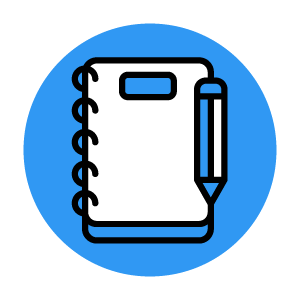2009 Grant Recipient: Strong Girls: A Physical Activity/Positive Life Skills Program for Elementary Aged Girls
Theresa Brown & Mary Fry, University of Kansas
The purpose of this study was to provide a physical activity and life skills intervention, calledStrong Girls, to elementary grade girls (3rd & 4th). Strong Girls met 2-hours weekly after school during the Spring semester. Our intent was to foster a caring, task-involving climate through both physical activity and activities/discussions about living a positive, meaningful life. Strong Girls had 48 participants (85% participation rate) who completed pre/post questionnaires, measuring perceptions of the climate, self-perceptions (e.g., physical, social, academic) and psychological well-being (e.g., hope, happiness). Results indicated that participants perceived an extremely high caring (M=4.90, SD=.18) and task-involving (M=4.69, SD=.36) and low ego-involving (M=1.59, SD=.59) climate. T-test analysis revealed a significant increase in task-orientation (t=-2.16, df=26, p=.041), suggesting the Strong Girls participants gauged their success on their effort and improvement rather than normative comparison with other members of the group more-so after the intervention than before.
Strong Girls was held at an elementary school located in an ethnically-diverse, economically-disadvantaged area. The participants were asked to take a pledge before joining the group: “To try my hardest and to treat everyone with respect.” The weekly curriculum, developed by Strong Girls administrators, centered on the pledge and included three main components. The first component concentrated on a game/physical activity designed to increase heart rates. For example, one day the girls (in groups of 3-5) designed a physical activity with random equipment. The teams then took turns leading another group through their activity.
The second component included discussions/group activities designed to cultivate positive life skills. For example, we hosted a panel of women with disabilities who talked with the girls about their lives, including a woman who was blind and training to run a marathon. Throughout these discussions, we were intentional in our word-choices and examples to model self-confidence and a positive outlook on life. We also incorporated “praise phrases” to encourage the girls to recognize the positive behaviors they observed in one another.
The third component included time for reflection and inner-growth. We included activities such as listening to guided imagery (e.g. Terry Orlick), as well as journal-time to allow the girls to reflect on what they learned about themselves. An example of a Strong Girl’s journal entry is the following;, “I want to do my best in everything I do, I must have respect for all strong girls included everyone in the world. That means do my work no matter what. The bottom sentence means no pushing shoving or being unkind. Use praise words like great, maybe next time, or even have a great day.”
Based on participants’, teachers’, administrators’ and parents’ feedback, we intend to continue offering Strong Girls. When asked if the program has made a difference, one parent commented, “Yes- She's made many friendships & practices skills learned with her little 4-year old sister”. Another parent wrote, “We will definitely send our daughter again”. We have been fortunate that we can rely on volunteers and donations made by the University of Kansas. This, coupled with the support from the elementary school and the seed money from AASP, will allow us to offerStrong Girls in the 2010-2011 academic year. In addition, we have submitted 8 grants to pursue continued funding of this project.




